America’s coastal defenses tell fascinating stories of military strategy, engineering innovation, and the constant evolution of warfare technology. Many of the most interesting and well-preserved forts were built on islands, where natural barriers provided additional protection and strategic advantages.
These island fortifications required tremendous effort and resources to construct, often involving the transportation of massive amounts of building materials across open water to remote locations. Today, many of these historic island forts welcome visitors who can explore their tunnels, ramparts, and gun emplacements while learning about the soldiers who once defended America’s shores.
Here is a list of 20 historic fort islands that offer fascinating glimpses into America’s military past, all accessible by regular ferry service.
Fort Jefferson
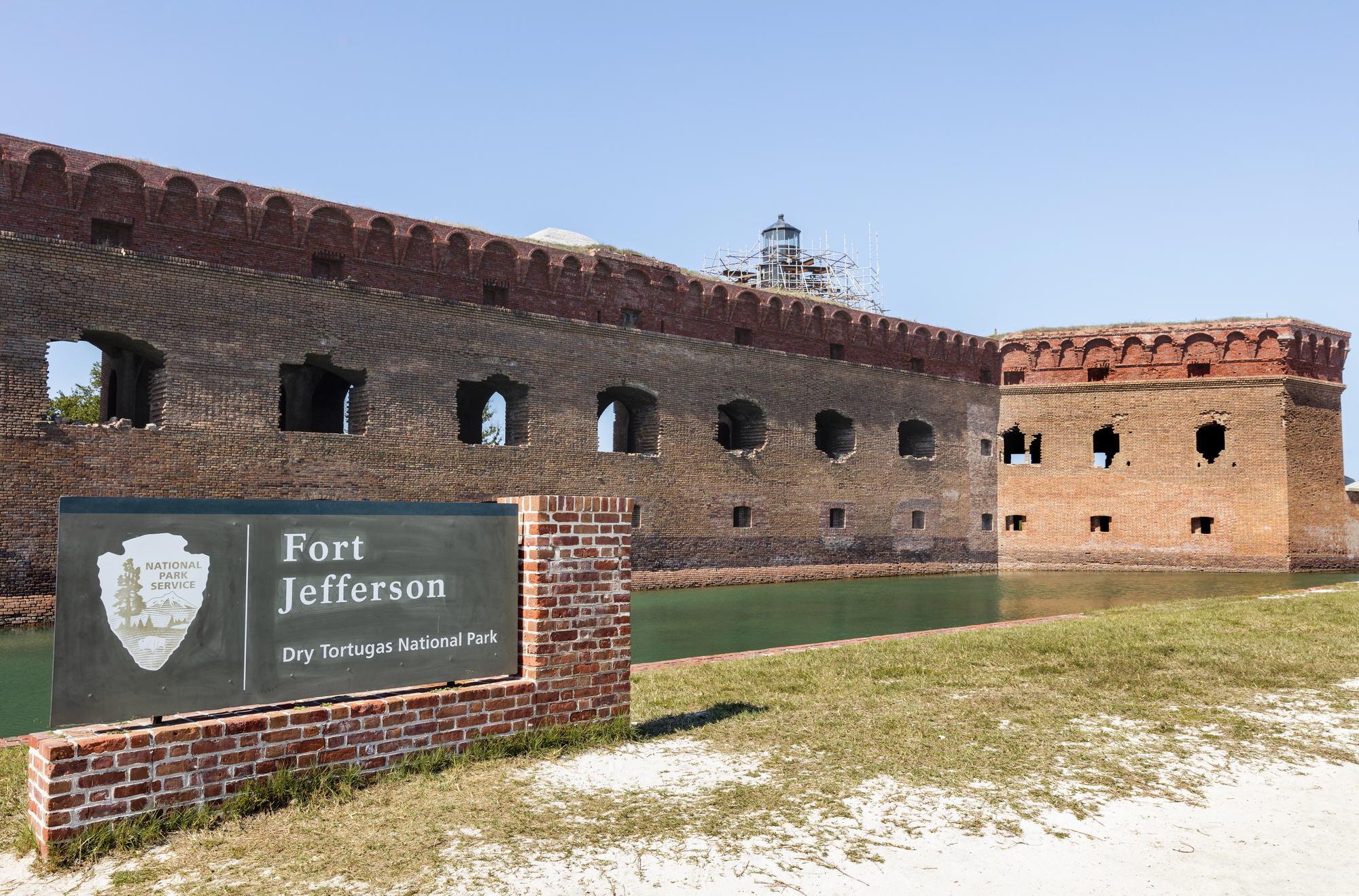
Located 70 miles west of Key West in Dry Tortugas National Park, Fort Jefferson represents one of America’s most ambitious 19th-century engineering projects. The massive hexagonal fortress covers nearly the entire 16-acre Garden Key and required over 16 million bricks during its construction.
The fort never saw combat but served as a prison during and after the Civil War, most famously holding Dr. Samuel Mudd, who treated John Wilkes Booth’s broken leg. The ferry ride from Key West takes about two and a half hours, passing over crystal-clear waters where visitors often spot sea turtles, dolphins, and tropical fish.
Alcatraz Island
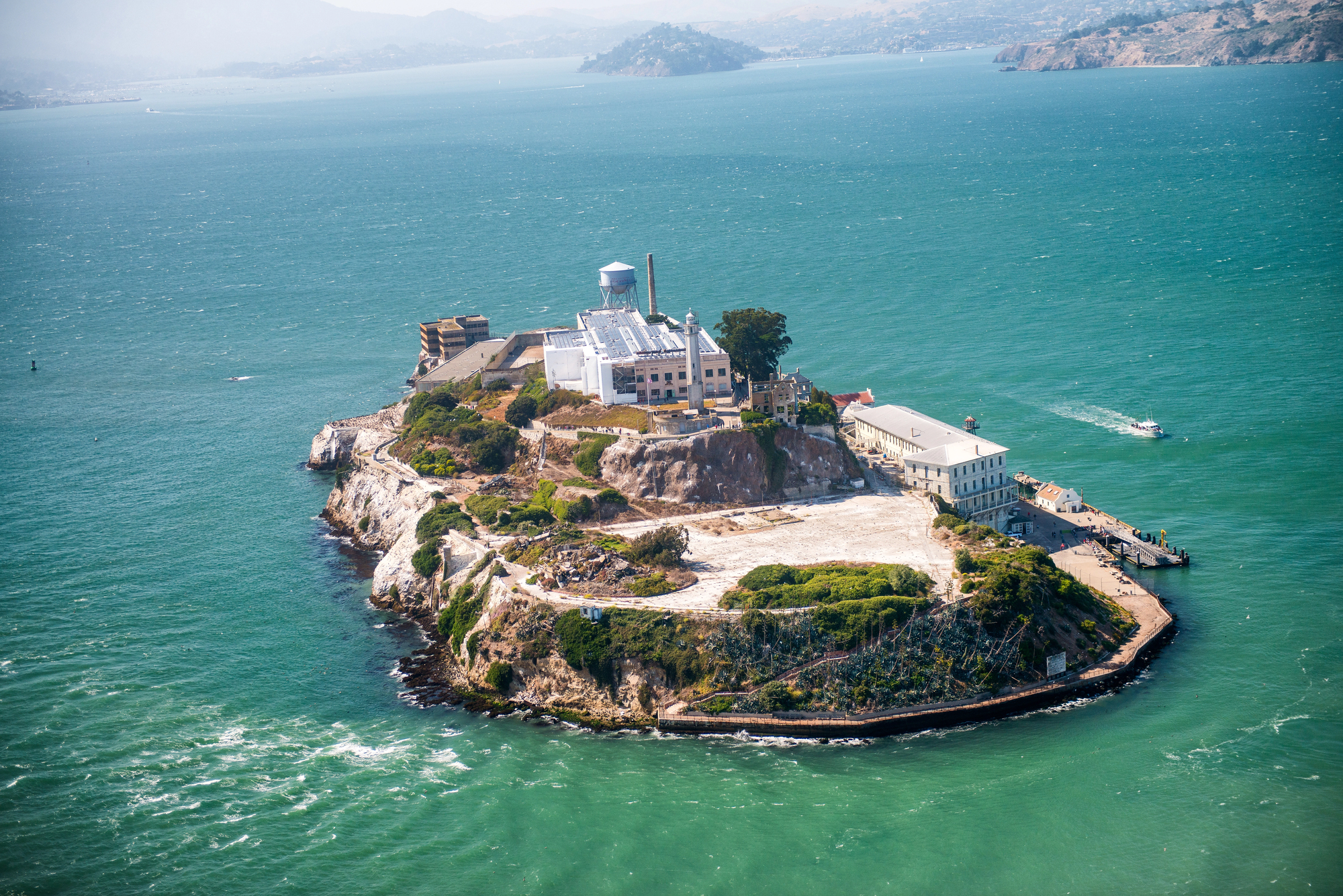
San Francisco’s most famous island prison began life as a military fortress before becoming America’s most notorious federal penitentiary. The fort’s original purpose was defending San Francisco Bay, with massive guns positioned to prevent enemy ships from entering the harbor.
Today, visitors can explore both the military ruins and the infamous prison cellblocks where Al Capone and other notorious criminals served their sentences. The ferry ride from Fisherman’s Wharf provides spectacular views of the Golden Gate Bridge and San Francisco skyline while approaching this island that continues to capture the public imagination.
Fort Sumter
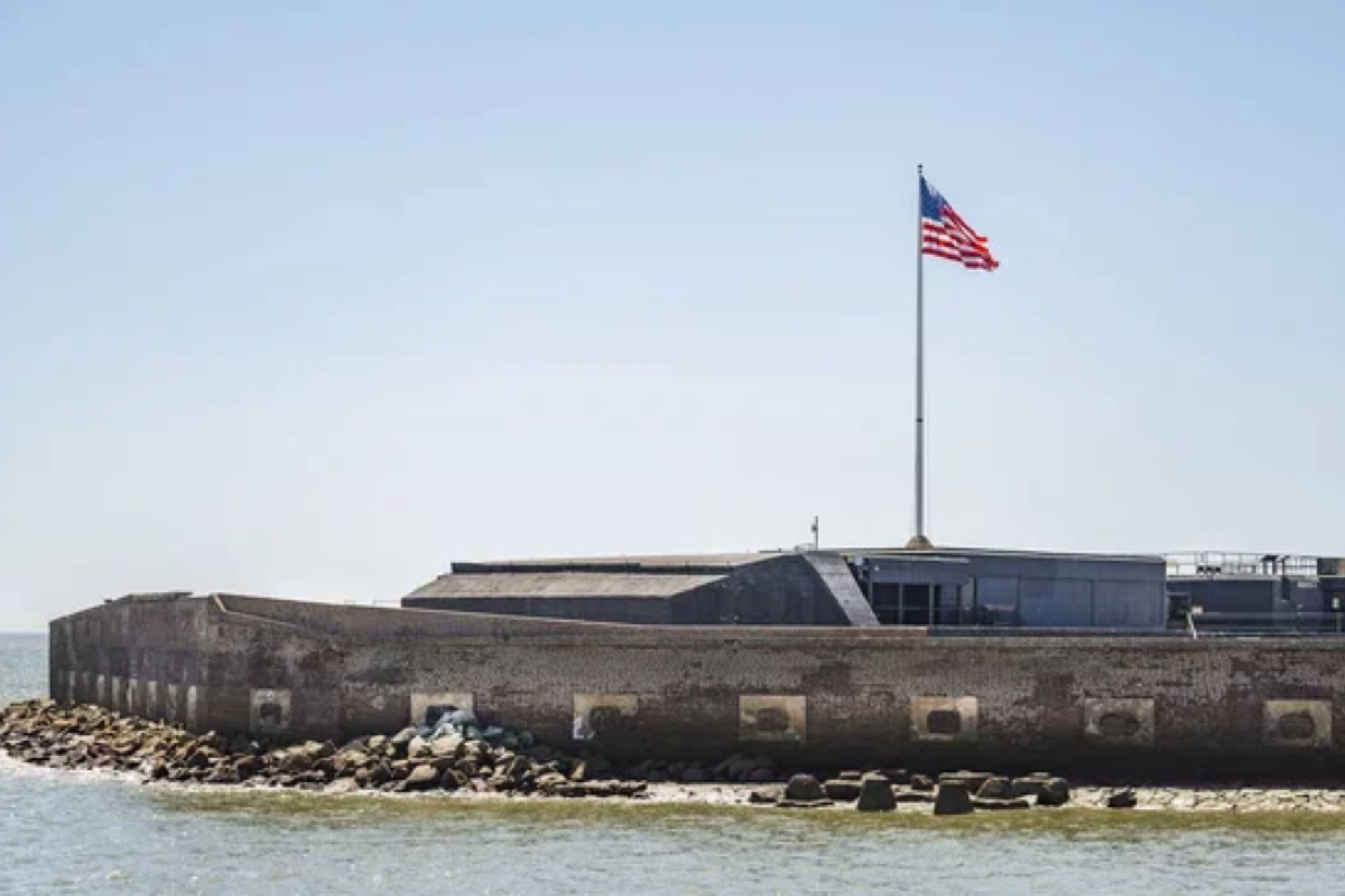
South Carolina’s Fort Sumter holds the distinction of being where the Civil War began when Confederate forces fired the first shots on April 12, 1861. The artificial island fortress was built on a sandbar in Charleston Harbor specifically to defend one of the South’s most important ports.
The original brick fort was heavily damaged during the war but has been partially restored to show visitors how it appeared during those crucial early days of the conflict. The ferry ride from Charleston provides excellent views of the historic city’s waterfront and the harbor where so much American history unfolded.
Like Travel Pug’s content? Follow us on MSN.
Fort Gorges
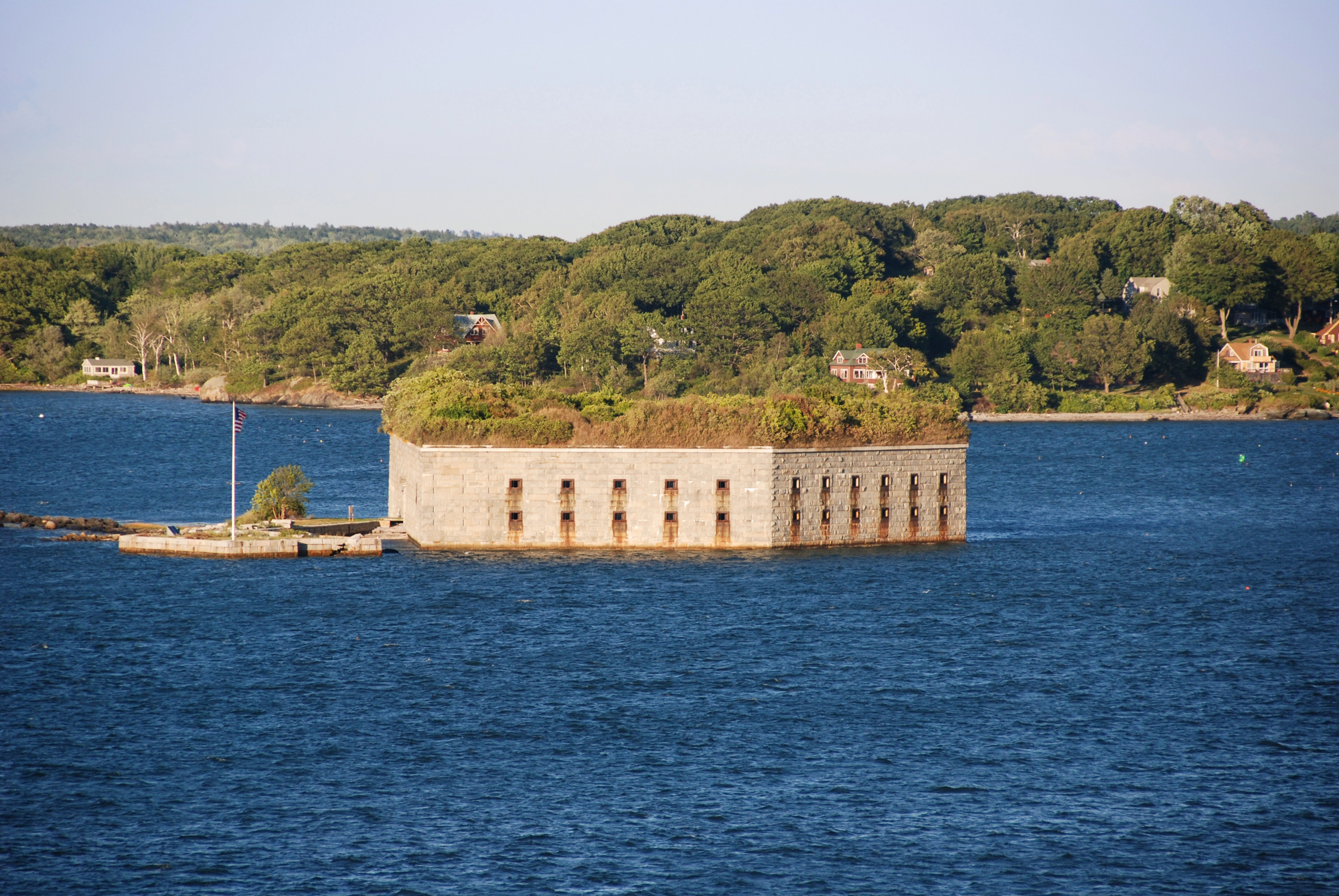
Maine’s Fort Gorges sits on a small island in Casco Bay, just outside Portland Harbor. This Third System fortification was built during the Civil War era but never saw combat, making it one of the best-preserved examples of 19th-century coastal defense architecture.
The granite and brick structure features three tiers of gun emplacements designed to work in coordination with other harbor defenses. Seasonal ferry service from Portland allows visitors to explore the remarkably intact fort while enjoying views of Maine’s rocky coastline and numerous harbor islands.
Fort De Soto
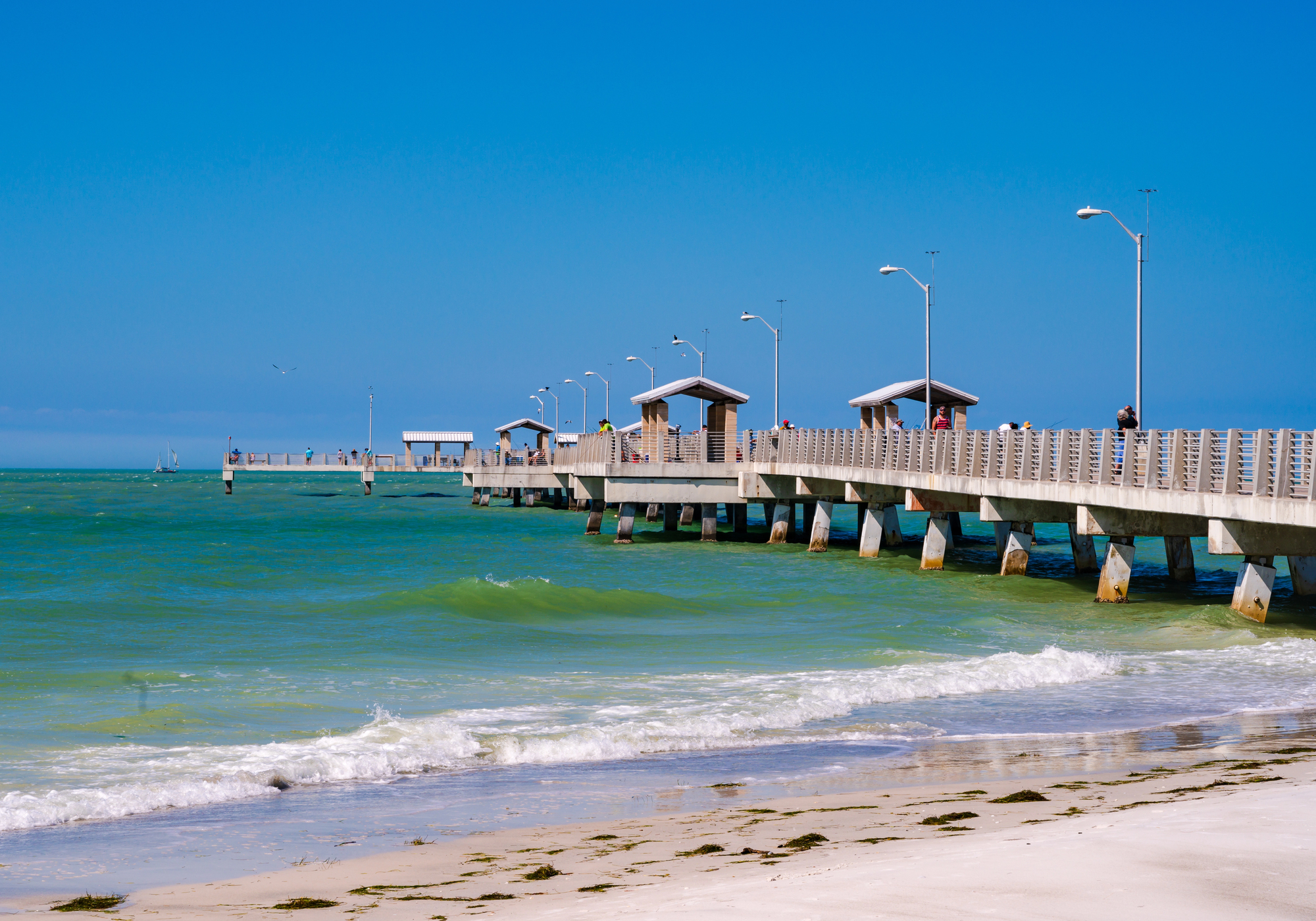
Located on Mullet Key at the mouth of Tampa Bay, Fort De Soto was built during the Spanish-American War to protect one of Florida’s most important harbors. The fort features well-preserved gun emplacements, including a massive 12-inch coastal mortar that visitors can examine up close.
The surrounding park offers beaches, camping, and nature trails in addition to the historical attractions. Ferry service operates from several locations around Tampa Bay, providing different perspectives on this strategic waterway that has played an important role in American military history.
Fort Zachary Taylor
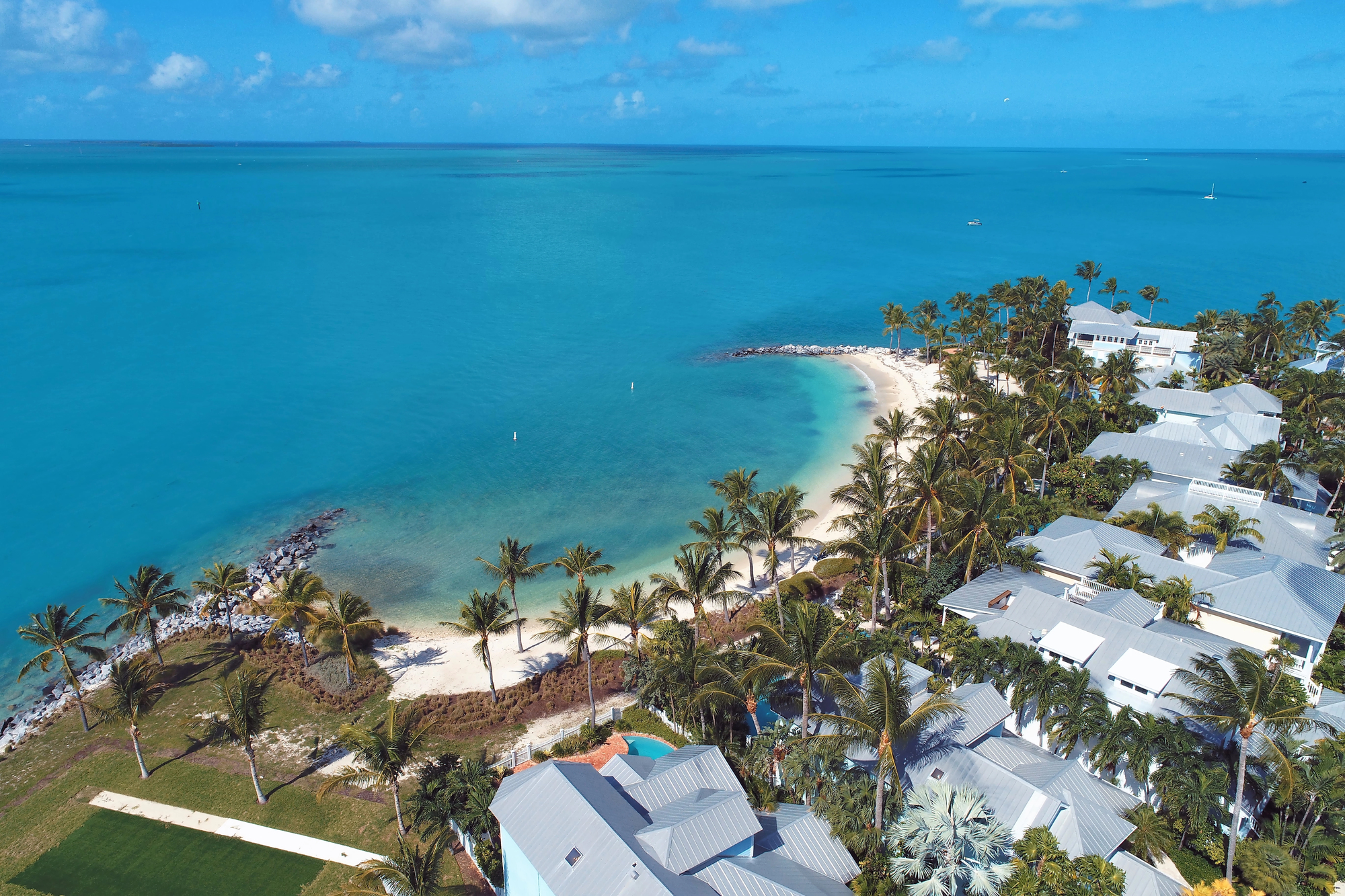
Key West’s Fort Zachary Taylor began construction in 1845 and served as a Union stronghold throughout the Civil War, despite Florida’s secession from the Union. The fort’s strategic location allowed Union forces to maintain control of the Florida Straits and disrupt Confederate supply lines.
Archaeological excavations have uncovered one of the largest collections of Civil War cannons in the United States. While technically accessible by land, the most scenic approach is by ferry from Key West’s historic district, providing views of the island’s military installations and coral reefs.
Like Travel Pug’s content? Follow us on MSN.
Georges Island
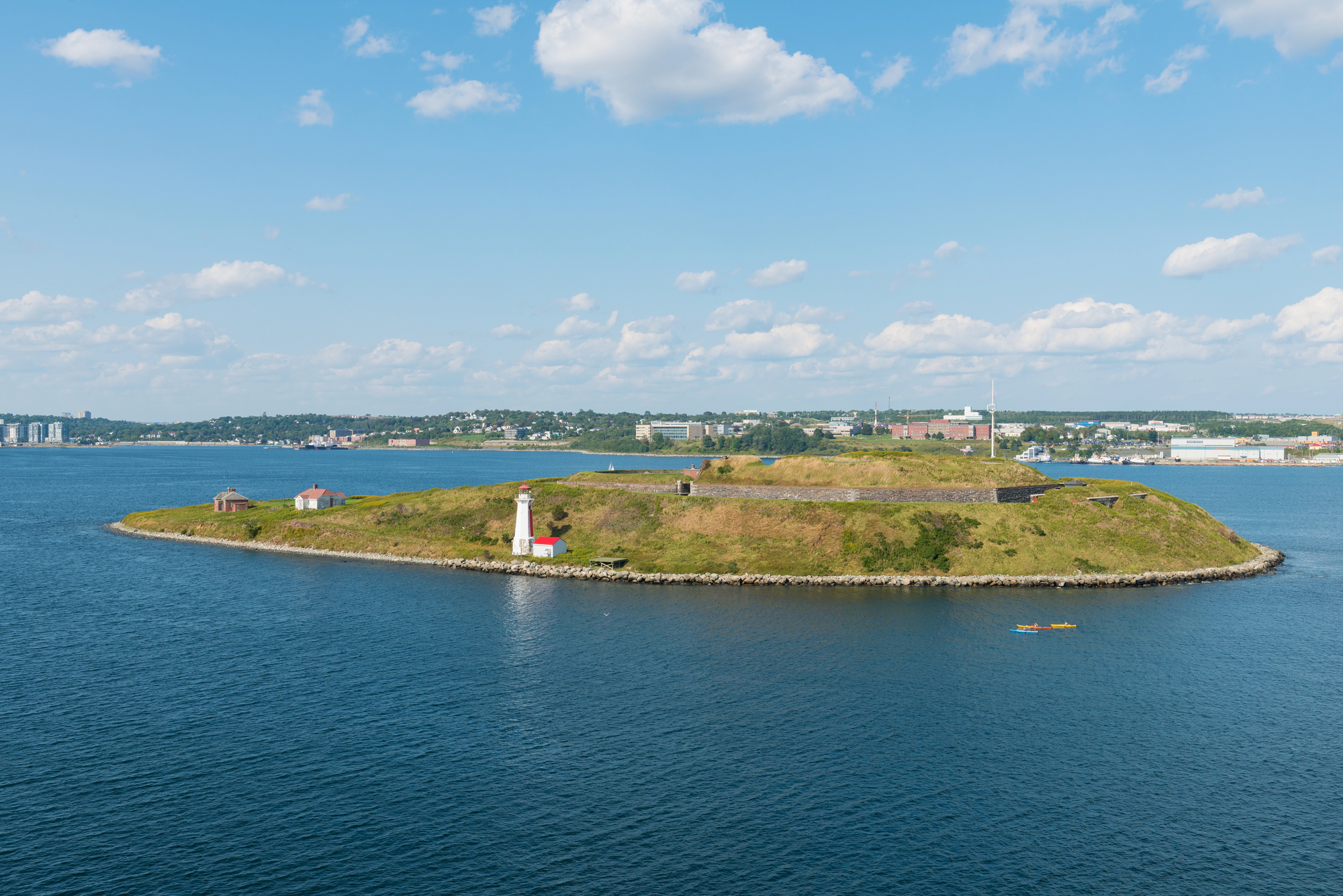
Boston Harbor’s Georges Island houses Fort Warren, which served as both a Civil War prison and harbor defense installation. The star-shaped granite fort held Confederate prisoners and political prisoners, including several prominent Southern politicians.
The fort’s design represents the pinnacle of 19th-century military engineering, with tunnels and chambers carved directly into the island’s bedrock. Ferry service from Boston’s Long Wharf provides access to not only Georges Island but also connections to other harbor islands, creating opportunities for island-hopping adventures through Boston’s historic waters.
Hart Island
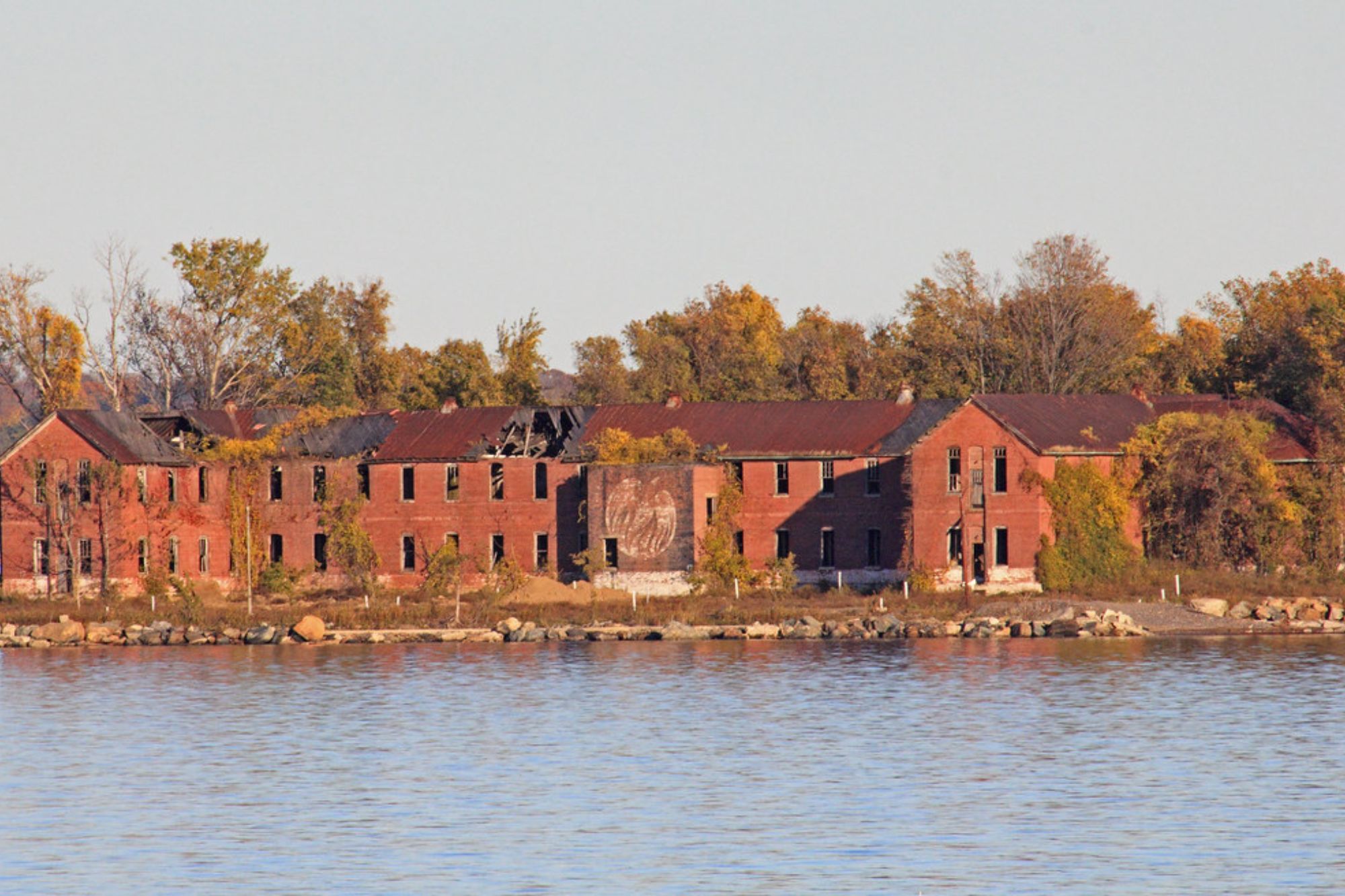
New York’s Hart Island served various military purposes before becoming the city’s potter’s field, but its Civil War-era fort ruins remain visible and historically significant. The island housed a Union prison camp and later served as a military training facility during both world wars.
While access is limited due to the island’s current use, special historical tours occasionally provide ferry access from the Bronx. The fort’s earthwork remains and building foundations offer glimpses into New York Harbor’s extensive military history.
Fort Wool
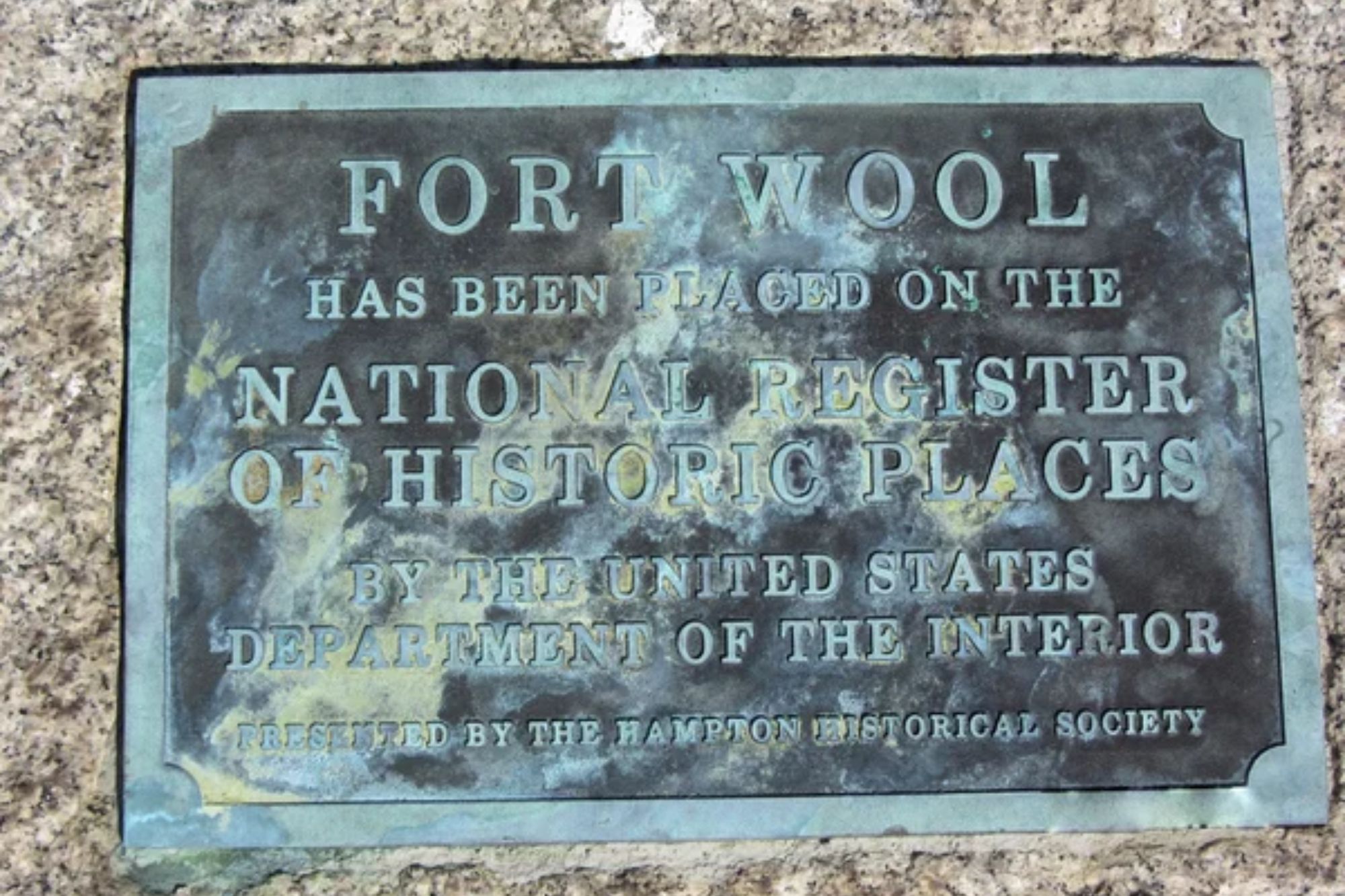
Virginia’s Fort Wool sits on an artificial island in Hampton Roads, created specifically to house this harbor defense installation. The fort played important roles in both the Civil War and later conflicts, with gun emplacements designed to work in coordination with nearby Fort Monroe.
The artificial island required thousands of tons of granite and earth to create a stable foundation for the heavy artillery. Ferry access is limited to special events and guided tours, making visits to this unique military installation particularly special for history enthusiasts.
Like Travel Pug’s content? Follow us on MSN.
Angel Island
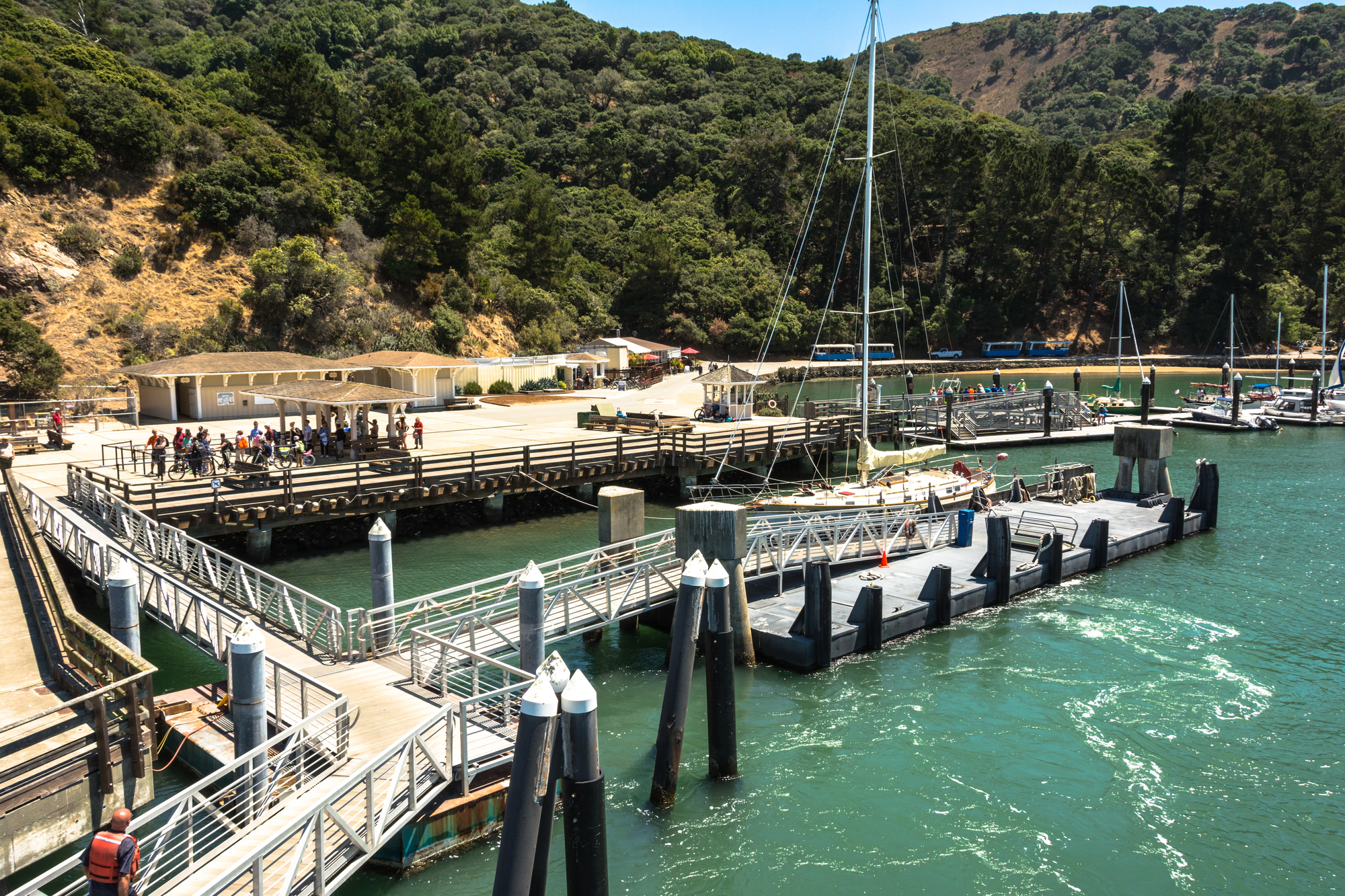
San Francisco Bay’s Angel Island served as a military installation for over a century before becoming a state park. The island’s strategic location made it ideal for harbor defense, immigration processing, and military training.
Fort McDowell processed thousands of soldiers during both world wars, while earlier fortifications defended the bay during the Civil War era. Regular ferry service from Tiburon and San Francisco provides access to hiking trails, restored military buildings, and spectacular views of the Bay Area’s military and maritime history.
Governors Island
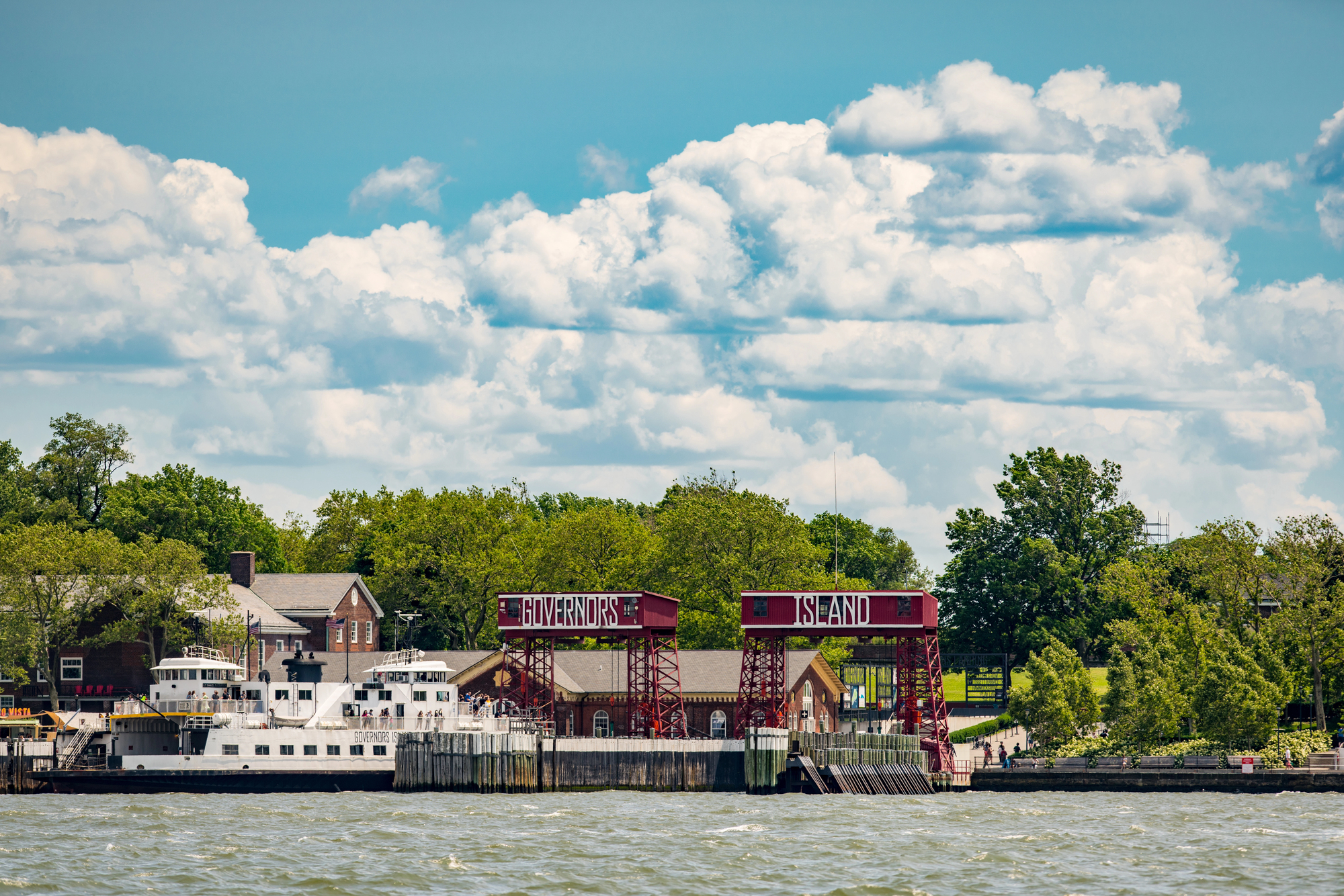
New York Harbor’s Governors Island hosted military installations for over 200 years, from colonial times through the late 20th century. Fort Jay and Castle Williams represent different eras of coastal defense, from early American independence through the Civil War period.
The island’s military history includes serving as headquarters for the First Army during both world wars. Seasonal ferry service from Manhattan provides access to this remarkable preserved military installation that offers unique perspectives on New York Harbor’s strategic importance throughout American history.
Spectacle Island
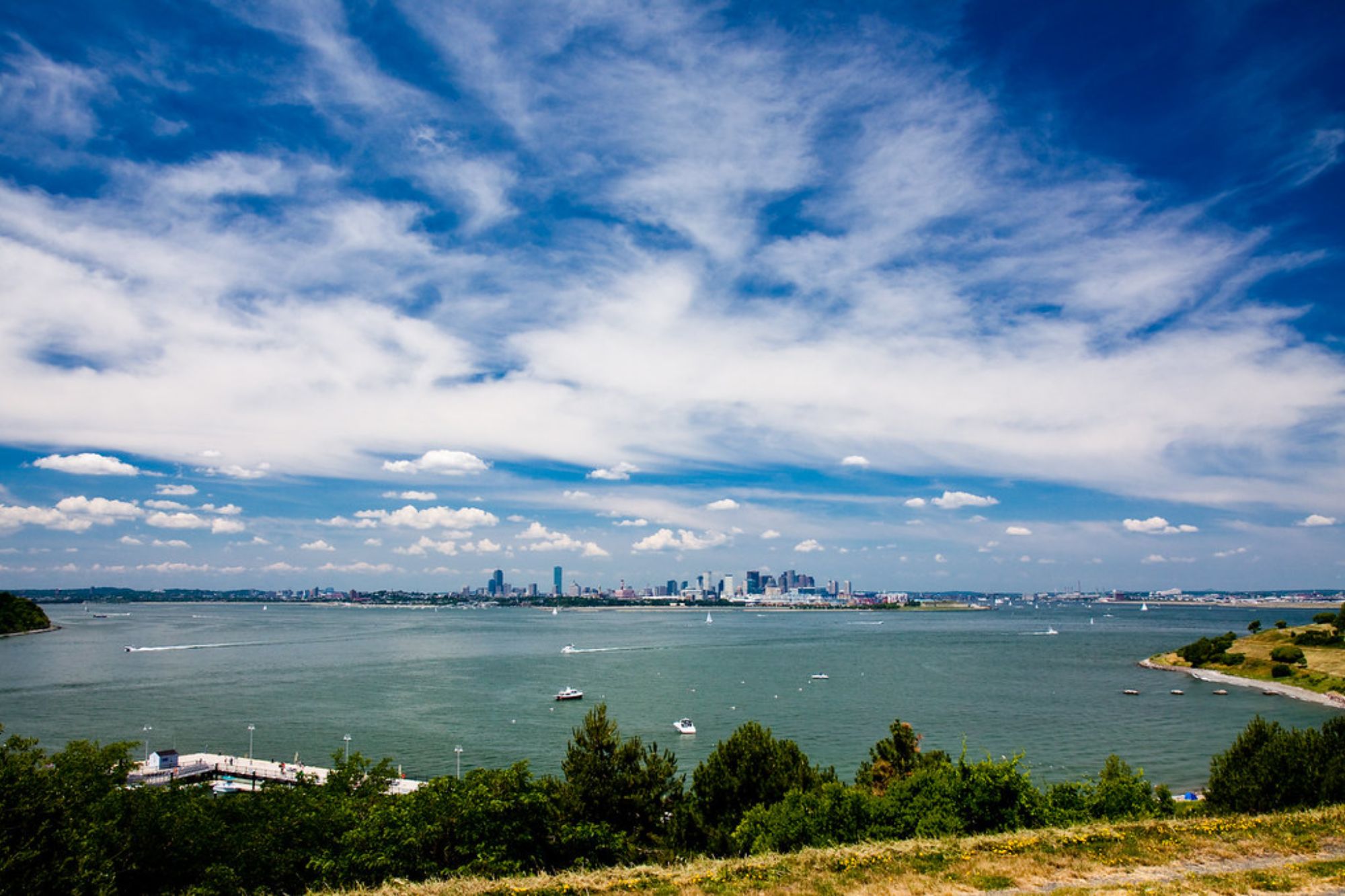
Boston Harbor’s Spectacle Island once housed military facilities and later served as a quarantine station before its transformation into a recreational destination. While the military installations are mostly gone, archaeological remains and interpretive displays explain the island’s role in harbor defense.
The ferry ride from Boston provides excellent views of other harbor islands and their military installations. The island’s transformation from military use to public recreation demonstrates how former defense installations can be repurposed for peaceful enjoyment.
Like Travel Pug’s content? Follow us on MSN.
Deer Island
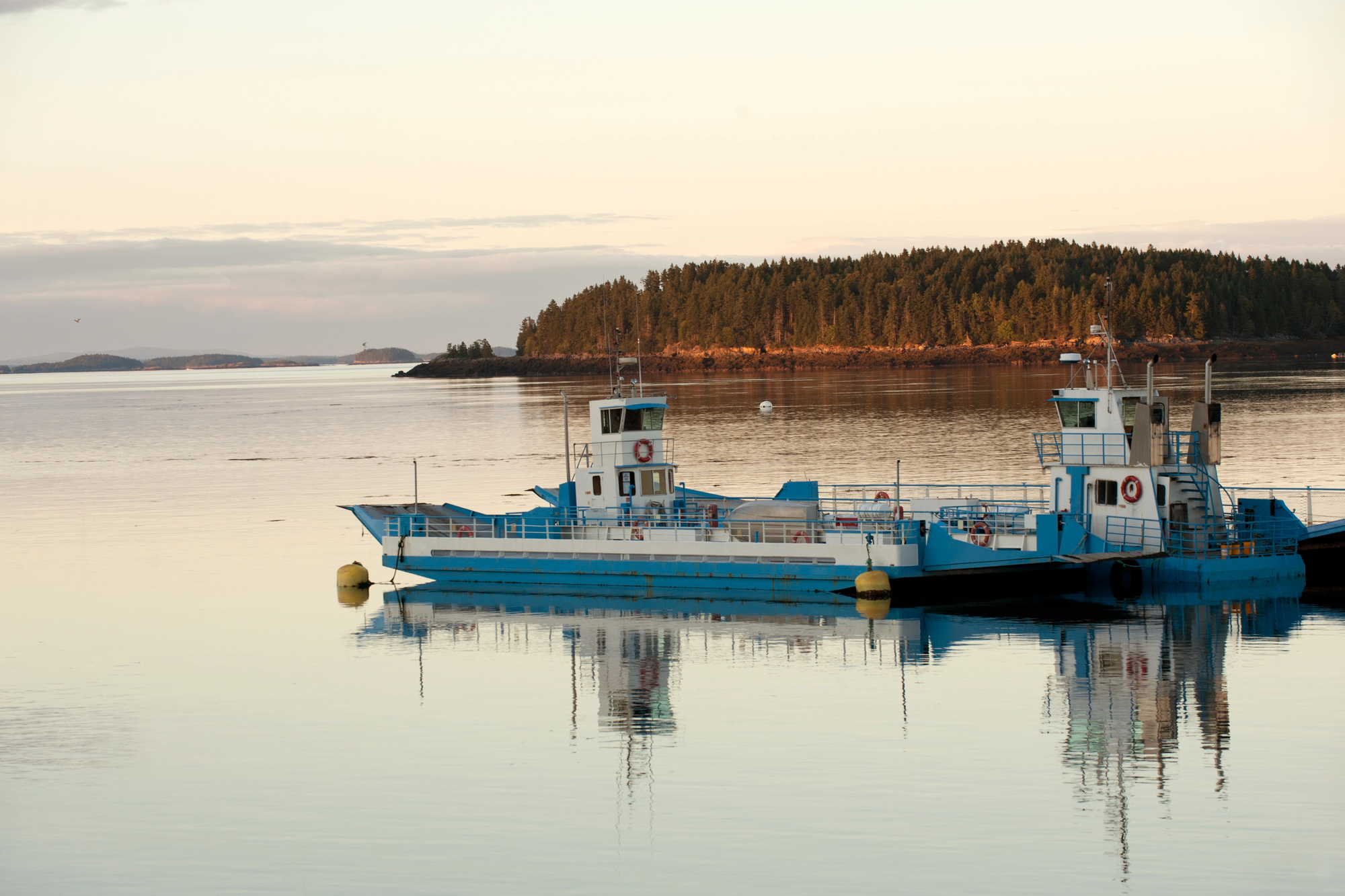
Maine’s Deer Island in Penobscot Bay housed military installations during both world wars, with gun emplacements designed to protect the important port of Bangor. The island’s remote location made it ideal for secret military training and weapons testing. Today, visitors can explore the concrete bunkers and gun foundations while enjoying some of Maine’s most pristine coastal scenery.
Ferry service from the mainland provides access to hiking trails and historical sites that combine military history with natural beauty.
Fort Clinch
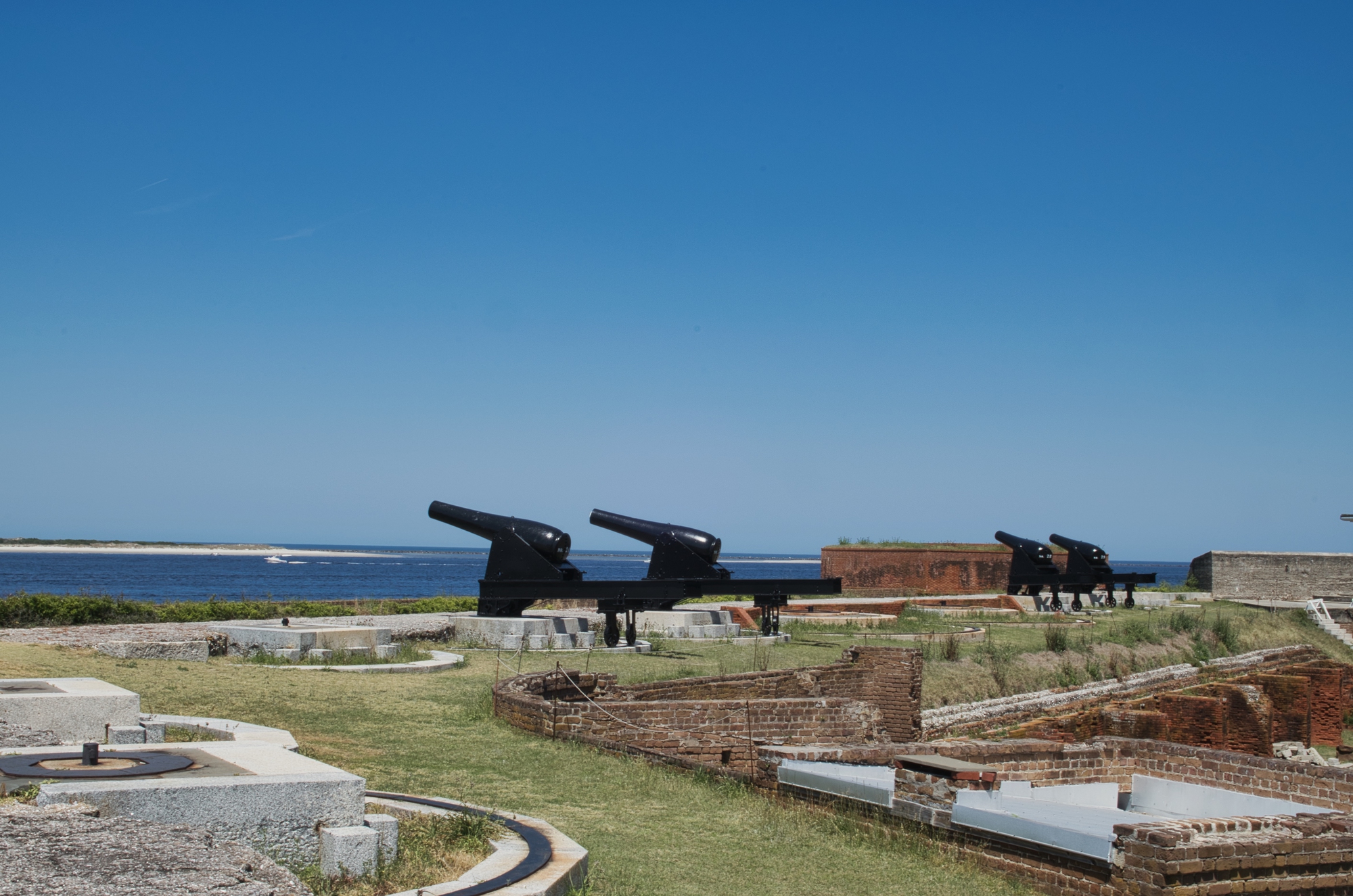
Florida’s Amelia Island houses Fort Clinch, a Third System fortification that played roles in both the Civil War and later conflicts. The brick and masonry fort features well-preserved gun emplacements and soldiers’ quarters that demonstrate daily life in a 19th-century military installation.
Living history demonstrations bring the fort’s past to life with costumed interpreters portraying Civil War-era soldiers. While accessible by land, ferry approaches from nearby Cumberland Island provide unique perspectives on this coastal defense installation.
Fort Point
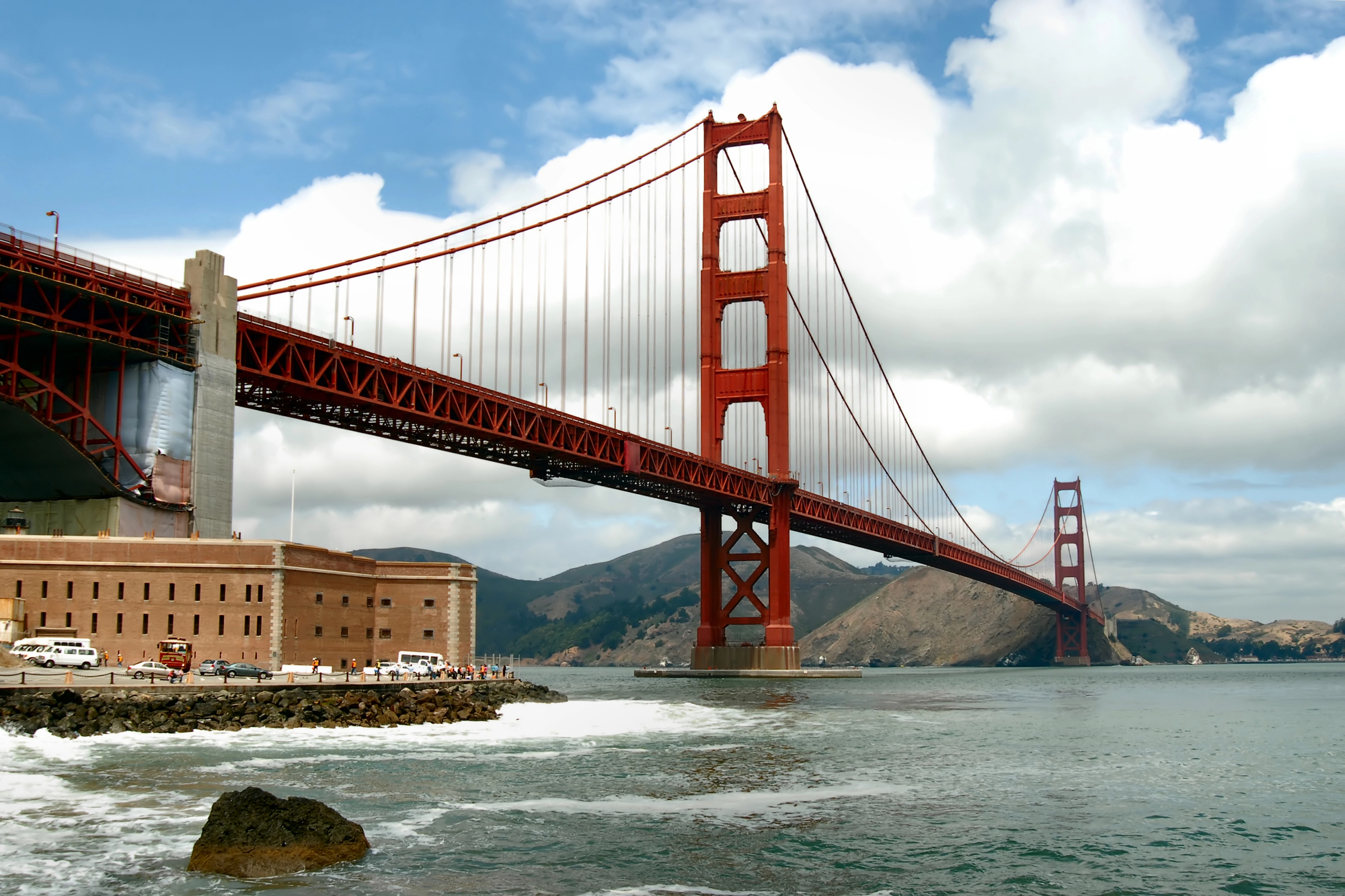
San Francisco’s Fort Point sits directly beneath the Golden Gate Bridge, where it defended the harbor entrance for nearly a century. The brick fortress represents one of the finest examples of Third System military architecture on the West Coast.
The fort’s location provides spectacular views of both the Golden Gate Bridge and San Francisco Bay, making it popular with photographers and tourists. Access by ferry provides the most dramatic approach, allowing visitors to appreciate the fort’s strategic position from the water perspective that attackers would have experienced.
Like Travel Pug’s content? Follow us on MSN.
Battery Weed
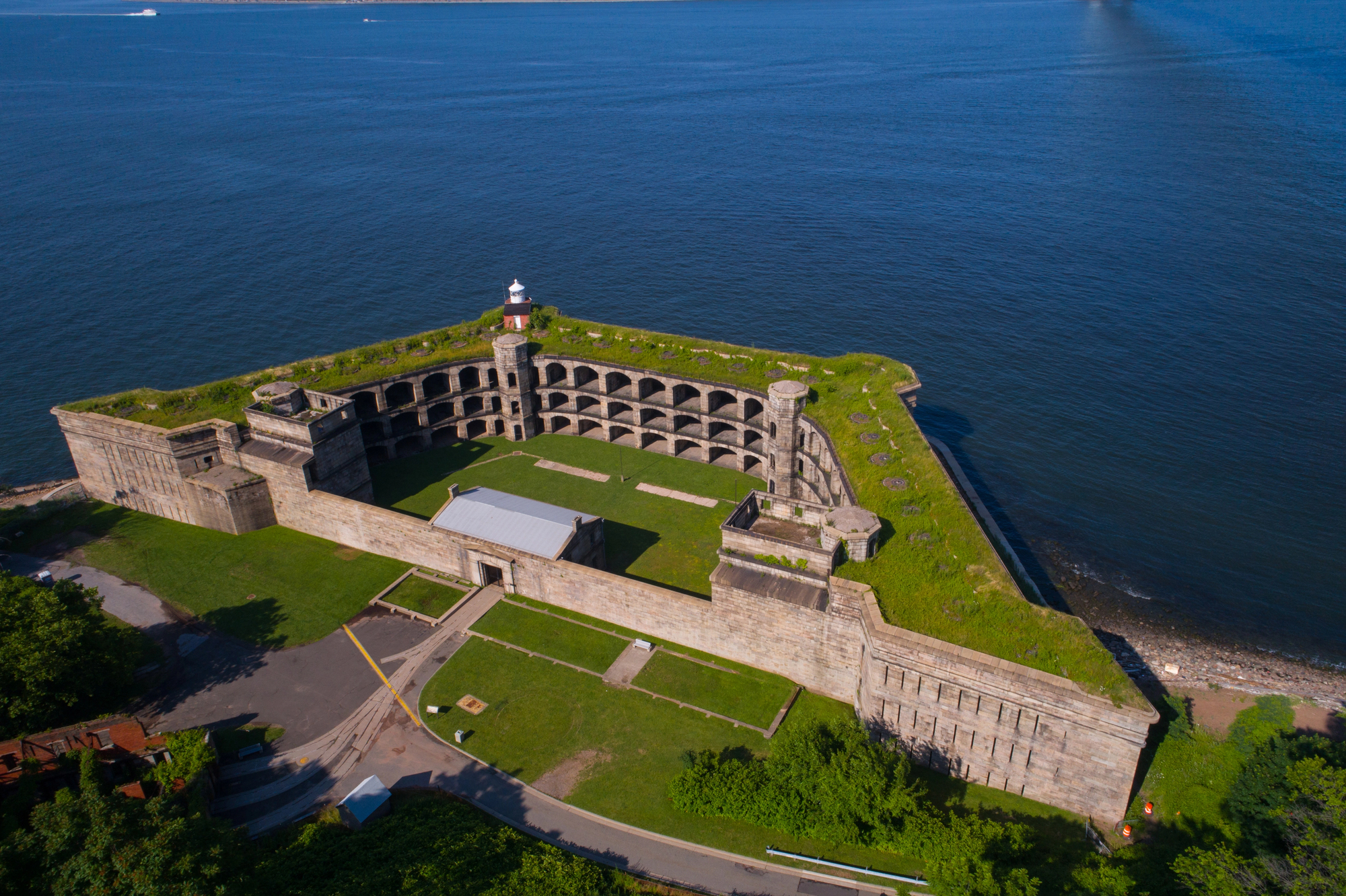
New York’s Fort Wadsworth complex on Staten Island includes Battery Weed, a unique fortress built into the island’s rocky shoreline. The battery’s gun emplacements were designed to work in coordination with fortifications on the Brooklyn shore to create a crossfire zone in the Narrows.
The installation’s integration with natural rock formations demonstrates innovative military engineering. Ferry access from Manhattan provides excellent views of the harbor defenses and the strategic waterway they were designed to protect.
Fort Adams
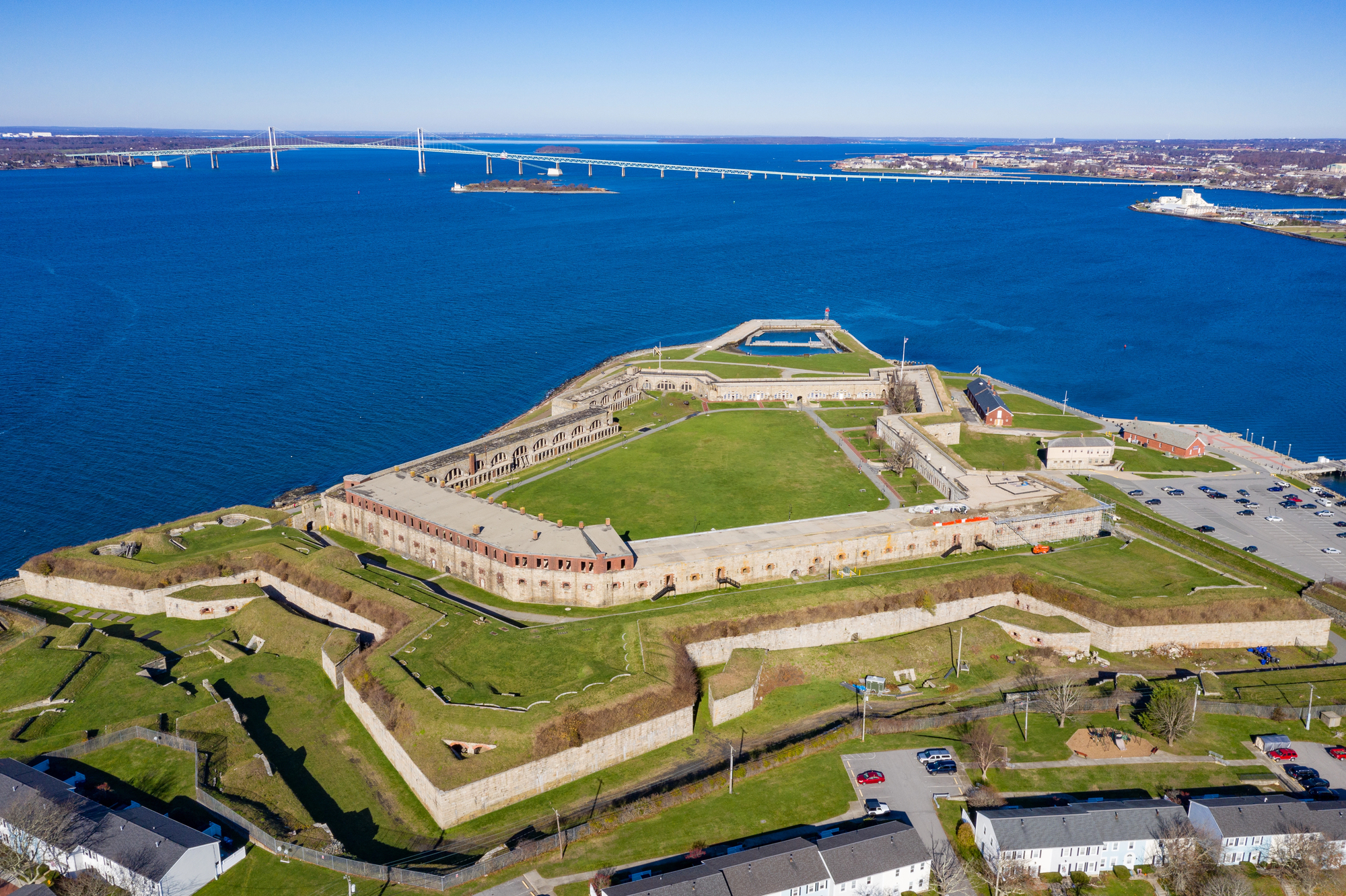
Rhode Island’s Fort Adams in Newport Harbor represents one of America’s largest coastal fortifications, with sophisticated defensive systems designed to protect Narragansett Bay. The star-shaped fort features elaborate tunnel systems, multiple gun tiers, and advanced defensive architecture. Military engineers considered Fort Adams nearly impregnable when completed in the 1850s.
Ferry approaches from Newport’s harbor provide the best perspectives on this massive fortification and its commanding position over one of New England’s finest natural harbors.
Castle Island
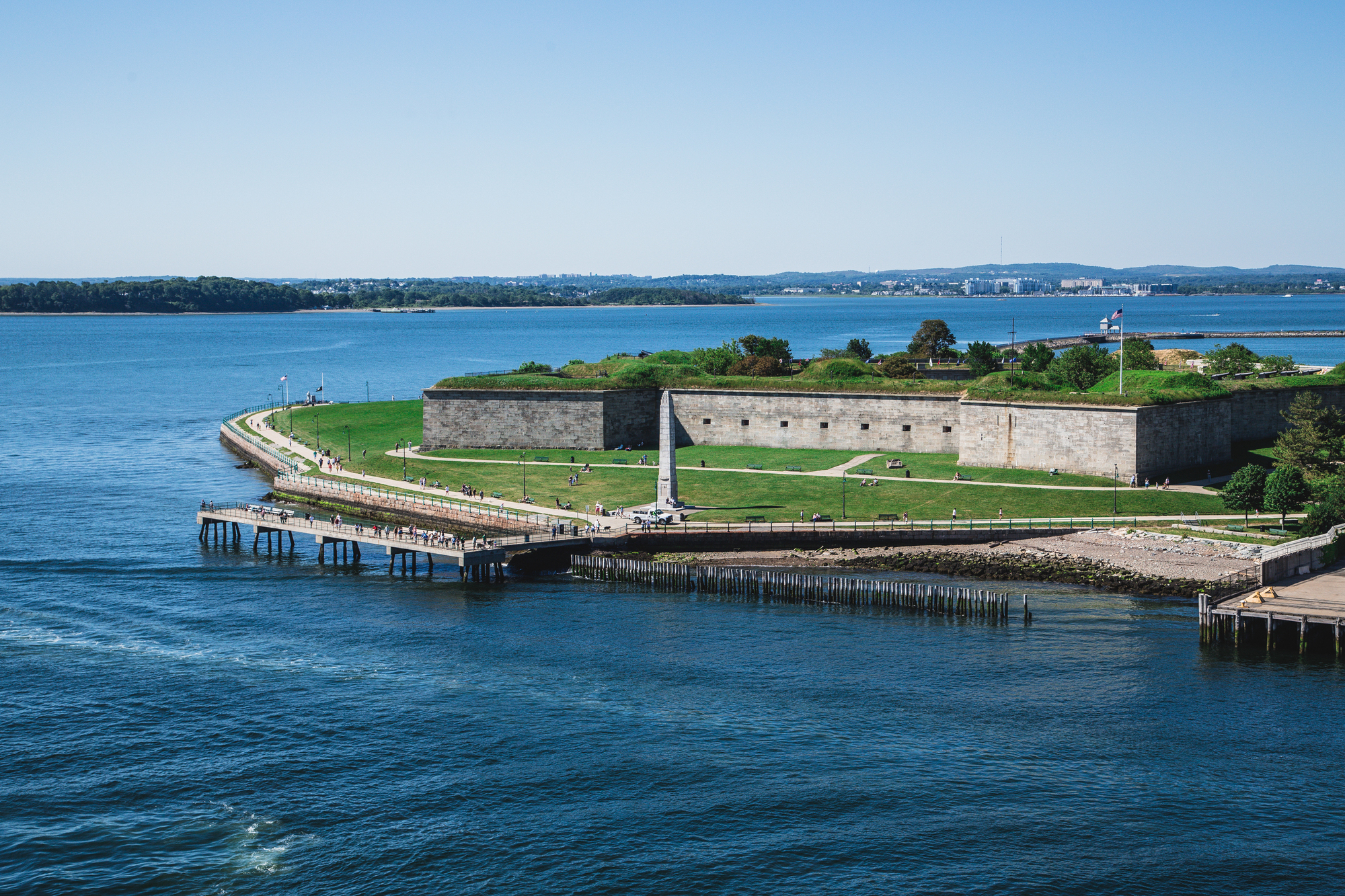
Boston’s Castle Island has hosted fortifications since colonial times, with Fort Independence representing the final evolution of this important harbor defense position. The current star-shaped fort dates to the early 1800s and features thick granite walls designed to withstand the heaviest naval bombardment.
Edgar Allan Poe served briefly at Fort Independence and supposedly based his story ‘The Cask of Amontillado’ on events that occurred there. While now connected to the mainland by a causeway, ferry approaches provide historical perspectives on this centuries-old military installation.
Like Travel Pug’s content? Follow us on MSN.
Fort Travis
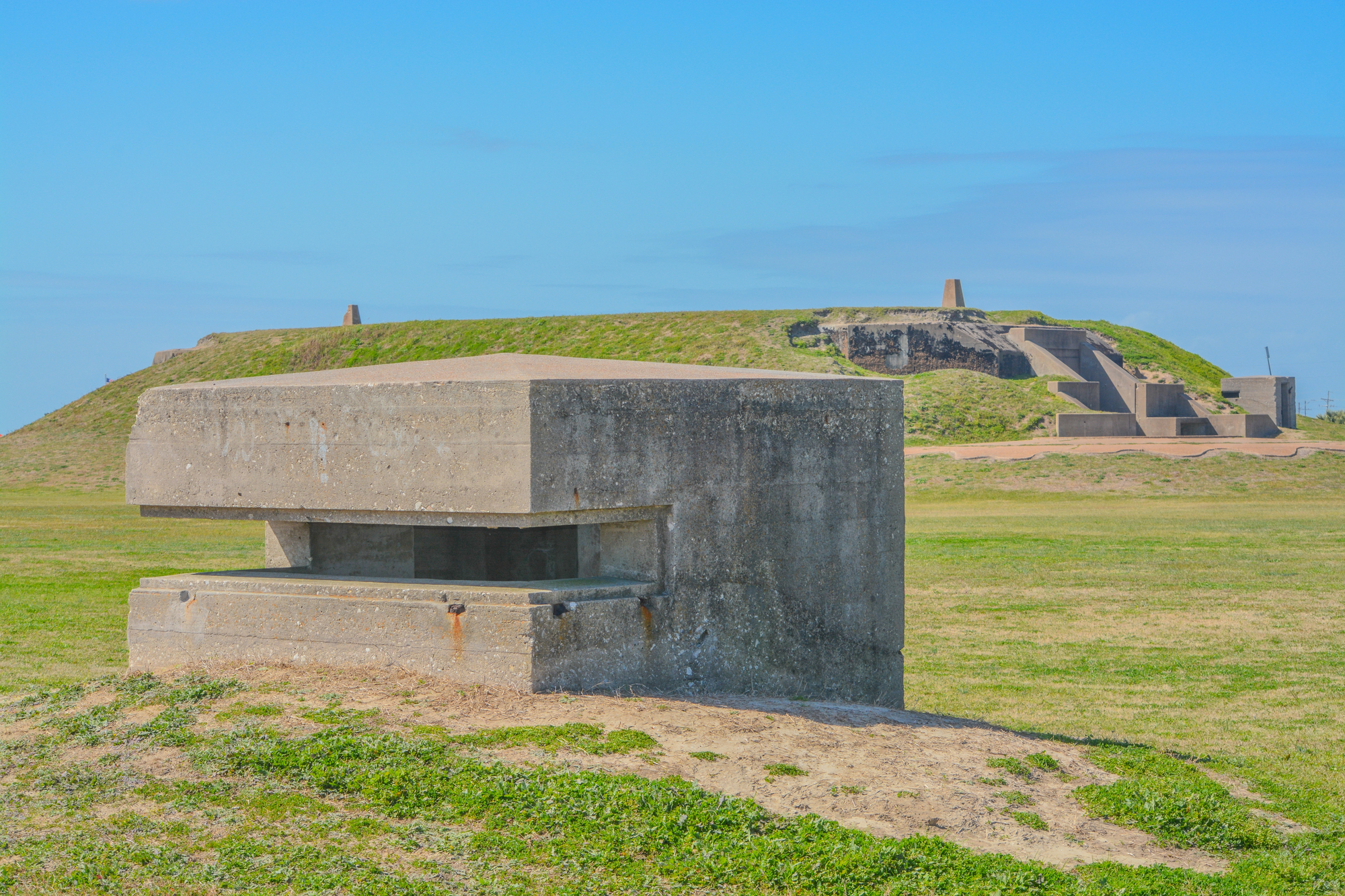
Texas’s Fort Travis on Bolivar Peninsula guarded the entrance to Galveston Bay during both world wars. The concrete gun emplacements and underground facilities demonstrate 20th-century coastal defense technology.
The fort’s location provides excellent views of the Houston Ship Channel and the Gulf of Mexico beyond. Ferry service from Galveston offers access to this well-preserved military installation while providing scenic views of one of Texas’s most important waterways.
Pea Patch Island
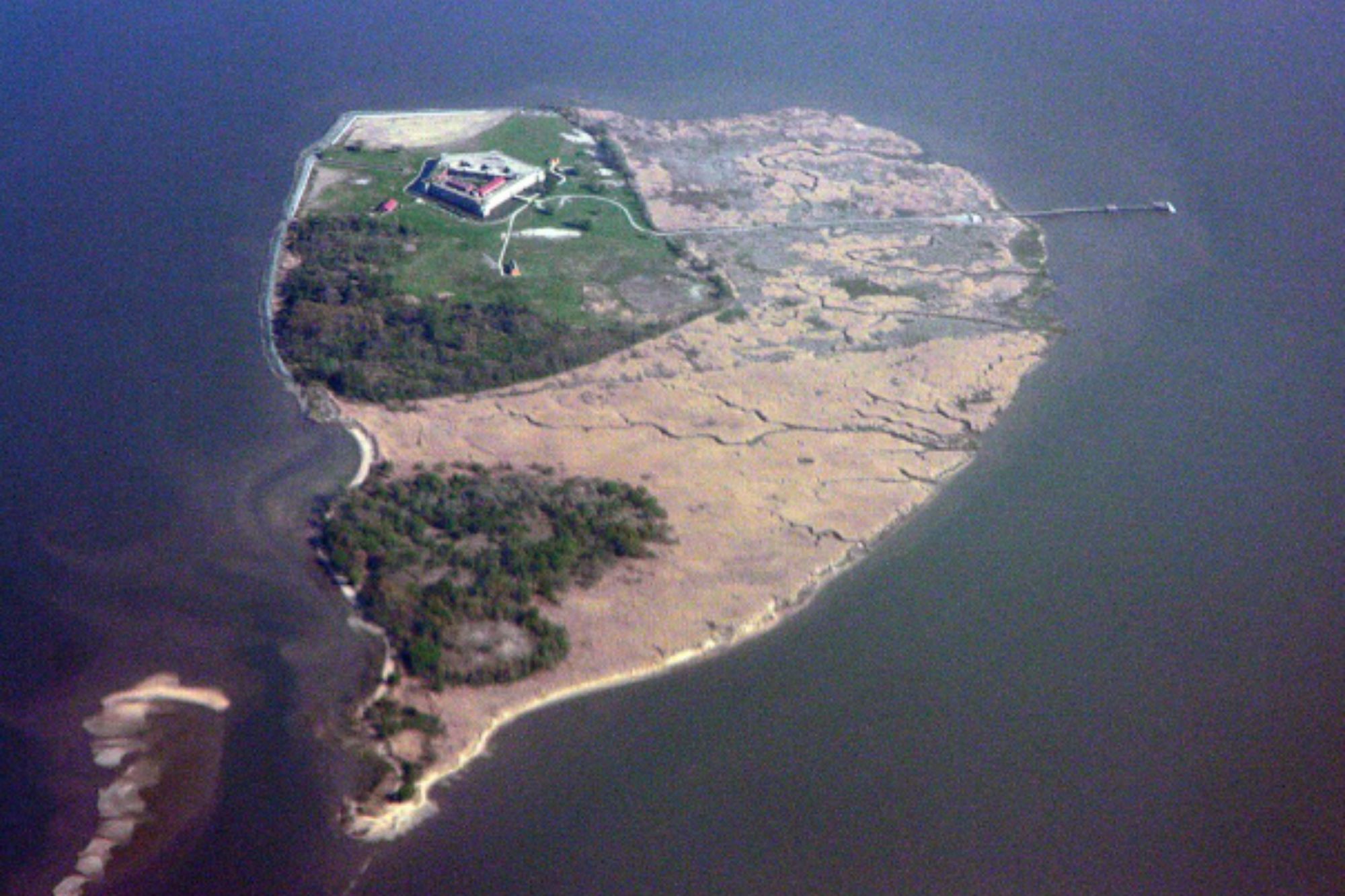
Delaware’s Fort Delaware sits on Pea Patch Island in the Delaware River, where it served as a Union prison during the Civil War. The star-shaped fortress held thousands of Confederate prisoners under difficult conditions that made it known as the ‘Andersonville of the North.’ Today, visitors can explore the restored fort and learn about both its military significance and the human stories of those imprisoned there.
Ferry service from Delaware City provides the only access to this remarkable military installation that played such an important role in Civil War history.
Islands of Strategic Memory
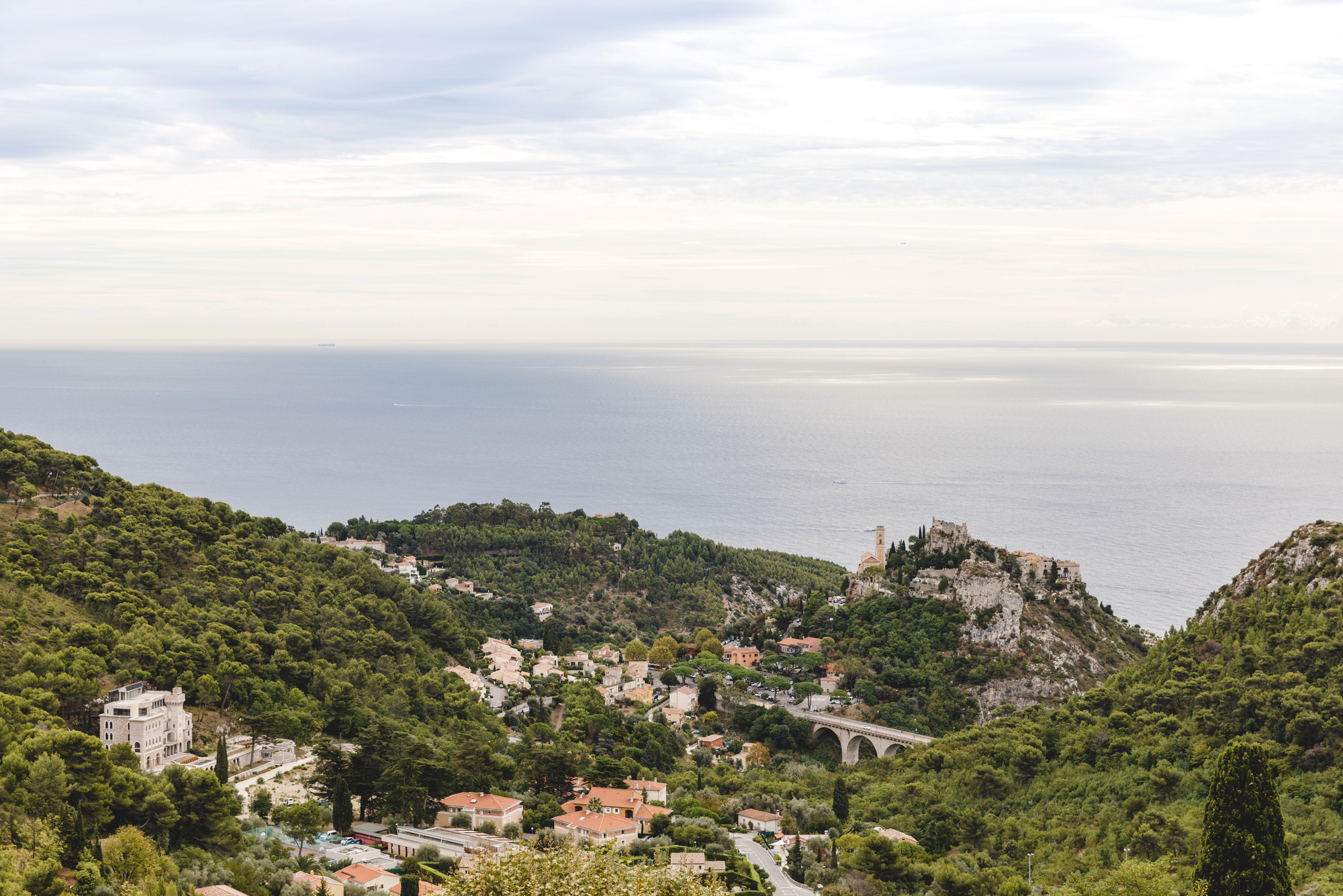
These historic island fortifications represent centuries of American military innovation and strategic thinking about coastal defense. Each installation tells unique stories about the challenges of protecting harbors, the evolution of military technology, and the dedication of soldiers who served in often isolated and challenging conditions.
The ferry rides required to reach these destinations add adventure to historical exploration while providing the water-level perspectives that help visitors understand why these locations were chosen for military installations. Whether interested in architecture, military history, or simply seeking unique adventures, these island forts offer experiences that combine education with the timeless appeal of exploring mysterious islands where history continues to echo across the waves.
More from Travel Pug

- 20 Best Beach Towns in the Carolinas
- 13 Destinations Where Tourists Regularly Regret Their Trip
- 20 Destinations That Are More Magical Without an Itinerary
- 20 Underrated Adventures That Belong on Your Travel List
- 20 Cities Where You Should Just Wing It, No Planning Required
Like Travel Pug’s content? Follow us on MSN.
